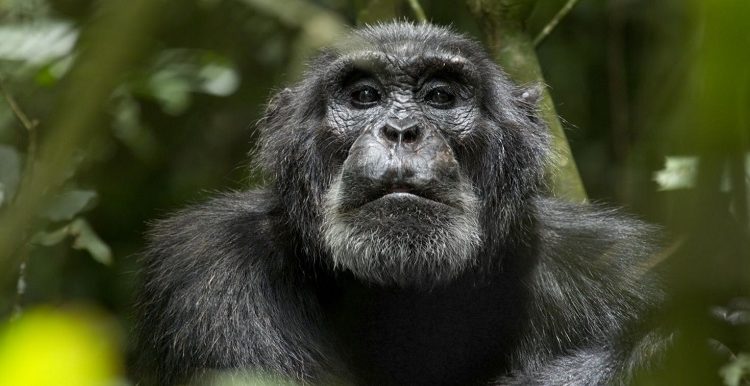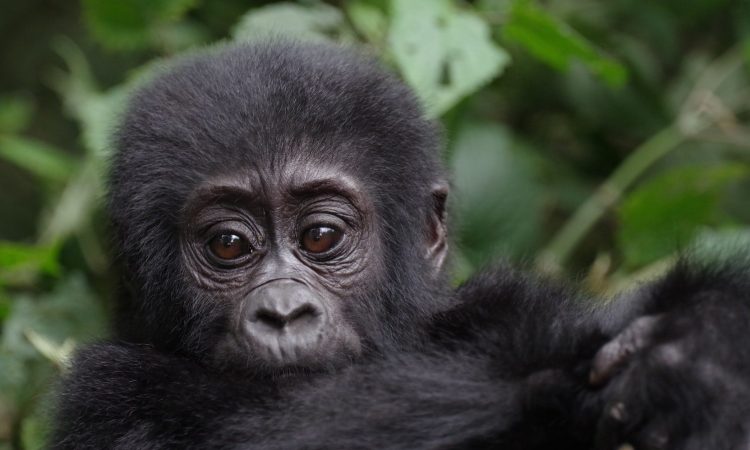Want to learn more about chimpanzee behavior? This article looks at chimpanzee behavior, including how they adapt, how they live in groups, how they mate, and how Jane Goodall was able to closely study their behavior.
Chimpanzees are close relatives of humans and live in the tropical rainforests, woodlands, and grasslands of Africa. These great apes share 98% of their DNA with humans, which is even more than mountain gorillas. Both bonobos and common chimpanzees are endangered, and their numbers have gone down since the early 1990s.
Chimpanzees are social animals. They live in groups of 15 to 150 individuals. Each group is led by a male called the alpha male. He is the most dominant. Chimpanzees are very protective of their territory and may become aggressive if another group enters their area. They mark their space clearly.
Female chimpanzees usually leave their group when they reach adolescence. Males stay in the group they were born into. Bonobos, a type of chimpanzee, are known to be less aggressive and rarely attack. They are also known for their frequent mating behavior.
Common chimpanzees are more aggressive and dominant. They may even attack humans. Grooming is one of their common activities. They clean each other to remove dead skin and parasites.
Chimpanzees build nests every evening before it gets dark, usually around 7 p.m. They make these nests from leaves and branches in trees. To communicate, chimpanzees use hand signs, facial expressions, loud screams, and drum on tree roots.
They often share food and help each other when hunting. They also make tools, like shaping sticks to collect termites, ants, and other insects from small holes.
Chimpanzees are very intelligent animals. Some have learned to use human sign language. One chimpanzee learned over 250 signs to talk to people.
Chimpanzees can weigh up to 70 kilograms in the wild and sometimes more in captivity. Females usually weigh less than males. As chimpanzees grow older, their skin becomes darker. Unlike mountain gorillas, male chimpanzees do not grow silver hair on their backs.
Leopards are one of the most dangerous predators of chimpanzees because they also live both on the ground and in trees. Humans are also a big threat to chimpanzees due to cutting down forests, hunting them for meat, and capturing them for the pet trade. Diseases like the Ebola virus also put their lives at risk.
Different types of chimpanzees behave in different ways. Some subspecies show unique behaviors that others do not. Below are some of these behaviors:
To see chimpanzees in the wild, you can visit Kibale Forest National Park in Uganda or Nyungwe Forest National Park in Rwanda. In Kibale, you can also take part in chimpanzee habituation. This is when researchers help chimpanzees get used to seeing people so tourists can visit them. This process usually takes about two years.
Book Your Tour Now
If you want to add more days or visit more places, please contact us through our main contact page using the button below.


















